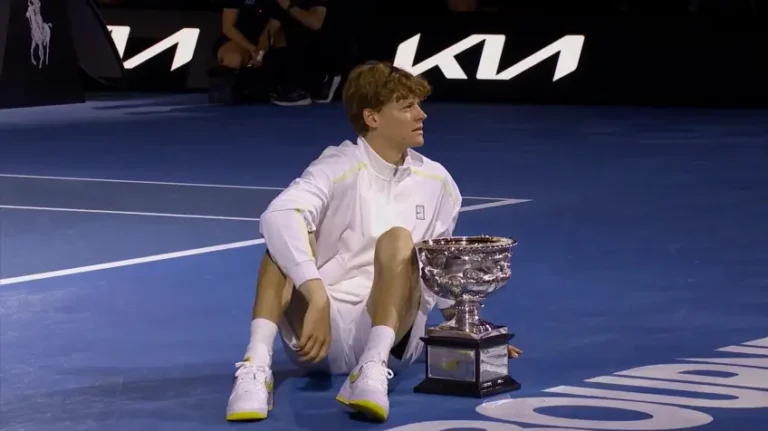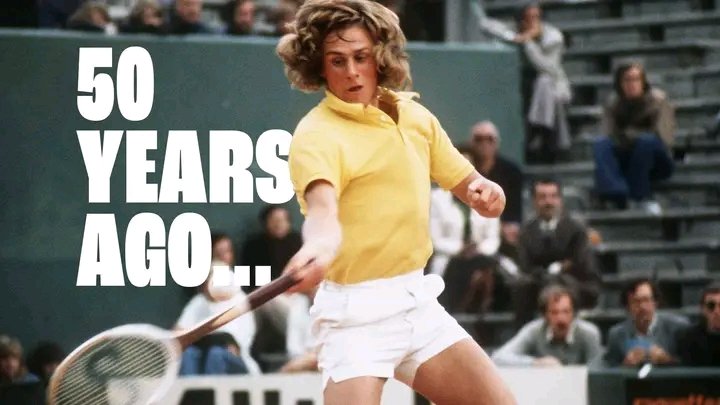
Opinion: Why Steffi Graf Should Have Achieved Even More
Steffi Graf’s name is synonymous with excellence in tennis. With 22 Grand Slam singles titles, a Golden Slam in 1988 (winning all four majors and the Olympic gold in a single calendar year), and a total of 377 weeks as world number one, Graf’s career statistics are formidable. However, despite these staggering accomplishments, there is a compelling argument that Graf could have achieved even more had circumstances been different.
Firstly, injuries played a significant role in limiting Graf’s career. The wear and tear on her body led to several periods of inactivity and surgeries, particularly in the latter half of her career. Chronic knee and back problems forced her to miss numerous tournaments, denying her the opportunity to add to her impressive tally of titles. These physical setbacks inevitably took a toll on her performance and longevity in the sport, curbing what could have been an even more dominant era.
Secondly, Graf’s career coincided with the emergence of Monica Seles, whose rivalry with Graf was abruptly interrupted. Seles, who was ascending rapidly in the early 1990s, challenged Graf’s supremacy by winning eight Grand Slam titles before the horrific on-court stabbing incident in 1993. Seles’s absence during her prime years allowed Graf to dominate the circuit relatively unchallenged. Had Seles continued her trajectory uninterrupted, their rivalry might have pushed Graf to even greater heights, fostering a competitive environment that could have driven both players to surpass existing records.
Another factor is Graf’s relatively early retirement. At the age of 30, Graf stepped away from professional tennis in 1999, while still ranked as the world’s number three. Unlike many of her peers who extended their careers into their mid to late thirties, Graf chose to retire while still at the top of her game. This decision, motivated by a desire to avoid further physical strain and to pursue a different phase of her life, undoubtedly cut short a career that could have seen her accumulate even more Grand Slam titles and weeks at number one.
Furthermore, the evolution of tennis technology and training methods in the years following Graf’s retirement suggests she might have benefited from advancements that came just a bit too late for her. Modern racquets, improved court surfaces, and advanced sports science have extended the careers of contemporary players, allowing them to compete at peak levels for longer periods.
In summary, while Steffi Graf’s achievements place her firmly among the greatest tennis players of all time, it is tantalizing to consider what might have been had she avoided injuries, faced uninterrupted rivalry, extended her career, and benefited from modern advancements. Graf’s legacy is secure, yet the potential for even greater achievements makes her story one of fascinating what-ifs.


